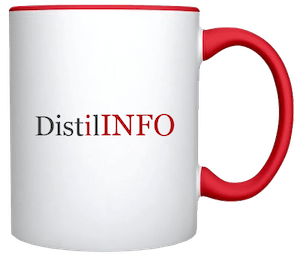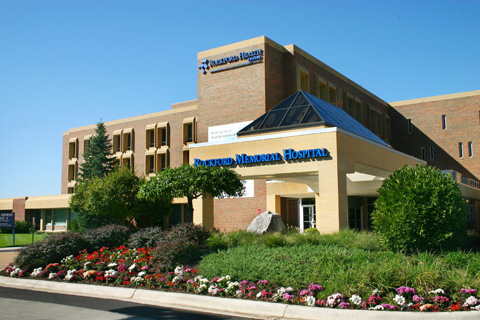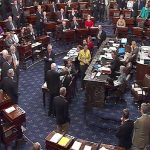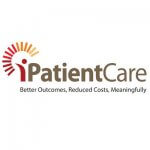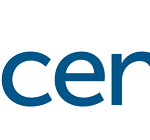The findings negate the notion that patient data access and open clinical notes will result in patient confusion.
New data from OpenNotes found that 96 percent of patients understand all or nearly all of their clinician notes, running counter to common concerns that patient data access could confuse the patient.
“Clinicians who worry about being inundated by questions from patients should find the results of this study encouraging,” Suzanne Leveille, RN, PhD, lead author of the study and Professor of Nursing in the College of Nursing and Health Sciences at the University of Massachusetts, said in a statement. “We wanted to understand patients’ experiences in reading their notes, and it turns out nearly all patients said they understood the notes, and many offered helpful ideas that would make them more meaningful for patients.”
OpenNotes is a health data philosophy that promotes open patient data access and patient access to clinical notes. The practice, which to date has been implemented in organizations across the country to impact over 40 million patients, hinges on the notion that a better informed patient will be a more engaged patient.
Want to publish your own articles on DistilINFO Publications?
Send us an email, we will get in touch with you.
But some providers have countered that notion saying it could cause clinician inboxes to become inundated with patient questions and messages. Patients may not understand clinical notes and need more support from their providers, boosting clinician workloads.
But this latest data, published in the Journal of General Internal Medicine, negates that argument. Ninety-six percent of the some 22,000 patients who viewed at least one clinical note in a one-year period said they understood most of the note.
Patient understanding persisted across medical specialty, meaning it did not matter what type of provider a patient saw; they still understood their clinical notes. There were also few differences in clinical note understanding based on patient sociodemographic or health status.
Of the 4 percent of patients who only understood some or little of their clinical notes, most of them sought out help. Thirty-five percent said they searched for information on the internet, while 27 percent asked their clinicians questions and 7 percent queried their family or friends.
What’s more, patients had recommendations for how clinician notes can be even clearer for them. Foremost, patients suggested clinical notes put the most important information at the top, with information getting less important as the note continues. Patients also recommended providers avoid using medical jargon in the note, or to have a mouse hover feature that would provide a definition or explanation of a keyword or topic.
Patients additionally recommended providers avoid judgmental language in their clinical notes. For example, providers may avoid saying things like, “patient denies” or labeling a patient as obese (in the latter case, it may be helpful to objectively state patient BMI).
Importantly, that final recommendation gets at another concern many providers harbor about patient data access and sharing of clinical notes: damage to the patient-provider relationship. Some providers have pointed out that the language used in a clinical note could be misinterpreted by patients or make patients feel judged.
Also of note, the JGIM article revealed that 93 percent of patients found clinical notes to accurately represent what happened during their medical appointments. Six percent reported something important missing from the note, but even for those patients, this is evidence of OpenNotes working, the literature shows.
OpenNotes and patient data access let patients act as key patient safety and medical error checks. For the 6 percent of patients in this most recent study who detected a clinical note error, they may have the opportunity to submit a request for a note correction.
Previous data has affirmed the potential for OpenNotes to empower patients during the patient safety and data governance process. In 2016, OpenNotes published research showing that when patients have the tools to review their own health data and flag errors, they can improve health outcomes.
Twenty-three percent of patients using a medical records feedback tool flagged potential errors. Sixty-four percent of those reports were marked as confirmed or possible concerns, and eventually 57 percent of the reports resulted in medical records changes.
In 2020, OpenNotes again looked at how patient data access can result in patient safety flags. Out of nearly 30,000 patients with clinical note access, 21 percent reported what they perceived as a health record error. Thirty-two percent said the mistake was somewhat serious, and 9.9 percent said the mistake was very serious.
Although the study, which was published in JAMA Network Open, did not investigate whether these concerns were validated or resulted in a medical records change, the researchers said it did underscore the power clinical note access has in promoting patient safety.
“Patients and families hold unique knowledge about themselves and their care, and their reports have potential for improving individual and organizational safety,” the research team explained.
“They experience aspects of care not seen by practitioners, such as events that transpire between visits or care transitions. Patients and families may also detect breakdowns in care, including some events missed by practitioners, and aggregate patient reports can identify organizational strengths and weaknesses.”
Source: Patient Engagement Hit

